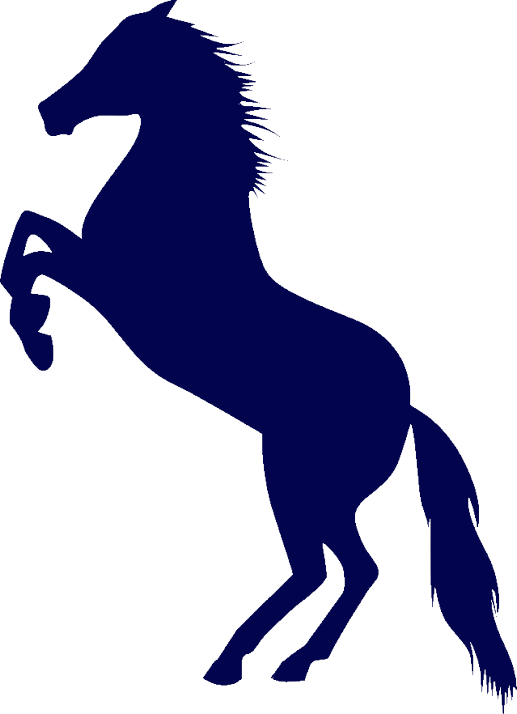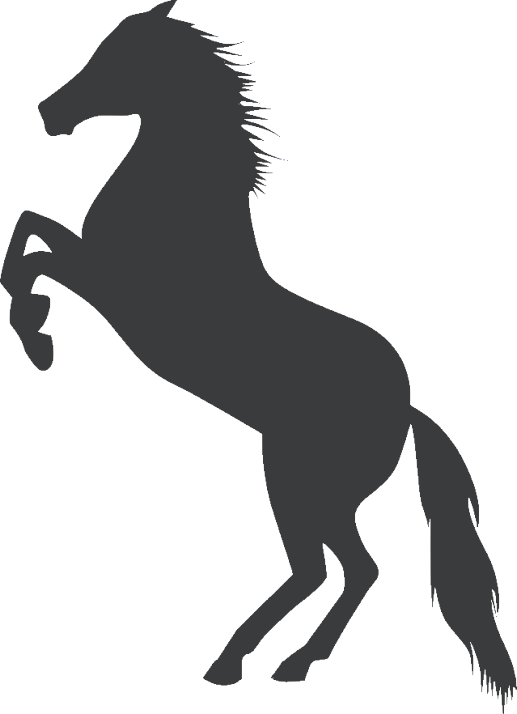The importance of robust, up to date, Health & Safety and Risk Management documentation is now a vital part of any equestrian establishment or equestrian operation. Not only are certain aspects Legal requirements but a well-documented approach to Risk Management demonstrates good working practices to insurers and is a key element to the defence of liability claims.
Insurers are now making certain documentation a requirement of cover and a policy condition or warranty. It is therefore important that you document and maintain records to comply with policy requirements and to demonstrate that you understand the importance of the H&S Legal requirements and the importance you place on the safety of your customers and employees.
We outline some FAQS that we hope will assist you in understanding some of the requirements within your policy and from a Health & Safety perspective
The Safety Statement is a written programme of how an organisation intends to protect their employees whilst at work and other people who might be at the workplace (including customers, visitors etc).
It is a requirement by Law, Section 20 of the Safety Health & Welfare at Work Act 2005. It has become and insurance requirement and condition over the last number of years and will be called upon in the event of an accident or incident being reported to ensure that you comply with your Legal requirements. Insurers also consider it an important document to assist with dealing and defending claims
The Safety Statement needs to include the following:
- How the safety & health of employees will be secured
- How hazards are identified
- Specify how risks are assessed
- Details on how the employer is going to manage their health & safety commitments
- Include relevant statutory documents relevant to their industry
- A commitment to comply with legislation
- Duties of employers and employees
- Name persons responsible for safety
- Arrangements for consulting with employees on matters of safety
- Reference relevant health & safety legislation
- Refer to relevant codes of practice
A risk assessment is a document that records risks and/or hazards associated with different activities or tasks. When hazards are identified in a workplace, a risk assessment is the methodology used to determine the likelihood (great or small) that an undesired event will occur due to the realisation of a hazard. Risk is dependent on the likelihood that a hazard may occur, together with the severity of the harm suffered or consequences. It should include how you manage the Hazard to avoid potential accidents form occurring.
Examples:
- Customers first riding lesson
- Employees handling young horses
Because both are required by law to be mentioned – see Safety, Health & Welfare at Work (pregnant Employee) Regulations 2000 also in the General Application Regulations. Bullying is covered under the Code of Practice for Employer & Employees on Prevention & Resolution of Bullying at Work 2021. By including this aspect of H&S you are maintaining an up to date approach to H&S.
It is a requirement under the law that certain sections of the Safety Statement and in particular risk assessments are brought to the attention of employees. Also, should an incident occur insurers require this documentation to demonstrate the importance and good practices that you have in place for your employees. Word of mouth is no longer acceptable you must document this.
An electrical certificate is a cert to confirm that the electrical installation conforms to required standards. It is required by Law, specifically Regulation 89 of the Safety, Health & Welfare at Work (General Application) Regulations 2007 to 2016 and Chapter 26 of the National Wiring rules ET101 and ET105. The implementation of this ensures that you are providing a safe environment for customers and employees and reduces the risk of incidents or accidents.
A horse assessment form contains information relating to the horse. Name, age, height, breed, sex with details on its history (in a riding school, privately owned before coming to the yard etc). It also captures relevant information e.g. if the pony/horse is suitable for lead rein, beginners, advanced, trekking, hacking etc. It records when the animal arrived in the yard and it is helpful to include a photo. This can be all recorded digitally. This is a requirement to cover and is key to defending claims should they arise.
A livery agreement is required to protect you and the livery. It is important to set out the rules of the yard, the conditions of the agreement, financials and should include a risk advisory notice. This formally records and is signed by your livery client to ensure that both parties accept and understand what is expected from them.
The intention of your insurance policy is to cover your liability and should not extend to cover the liability of your clients. Whilst the client is on your premises they are in control of their horse or pony and should an action they take cause injury to another person or property it should be their insurance policy that deals with any subsequent claim. Also, if they leave your premises for a hack or ride and cause injury to another party you would not want that potential claim being made against you when the action was completely out of your control.
Like the livery agreement this sets out in a formal manner the lease of the horse or pony. It helps to ensure that the lessee understands the requirements of the lease and helps to ensure the care given to your horse or pony reflects the care that you would provide. It should include a disclaimer that riding is a risk sport, and the lessee understands the risks associated and both the requirement of their own liability cover should be noted and a risk advisory notice included.
A fire safety register is simply a document showing the type, number and location of fire-fighting equipment (e.g. fire extinguishers, fire blankets etc.). It shows the maintenance of same i.e. checking pressure gauge on fire extinguishers etc. It will also confirm the location of the assembly point should a fire occur. No smoking signs should also be present around your property where appropriate.
All staff require manual handling training. Under the Safety, Health & Welfare at Work (General Application) Regulations 2007 to 2016, horses themselves come under the definition of a load.
Staff training records are important as they are required by Law. They can be vital if defending and dealing with incidents or accidents by insurers. It confirms the importance you place on staff safety for your staffs protection.
This form collects appropriate information relating to the potential rider. It covers such aspects as health, experience etc. Again this is not only a document that is called on by insurers should an incident occur but it demonstrates good management and control of any potential risk. Rider Registration Forms should be updated every 6 to 12 months.
Follow current Government Guidelines.
A tack cleaning register is an important way of showing your establishment is checking all tack & saddlery used by your clients or staff e.g. the stitching, condition, safety pin under the saddle skirt for quick release etc. Again this demonstrates good safety management for employees and members of the public.
During the year we will add any FAQs that we think will help our clients with their Health & Safety and Risk Management. We are always available to discuss any aspects of the H&S and risk management.

